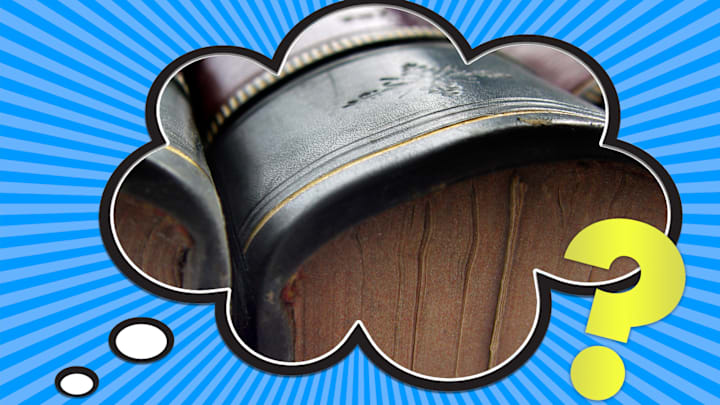It’s something every book lover dreads: Picking up a favorite title and having pages separate from the spine, looking on as wonderful prose becomes unmoored from its binding. This can happen with a book that’s barely been touched, yet some library titles appear to last decades—and pass through countless hands—without coming apart.
Why? The secret is in a process known as library binding.
To put library binding in context, it helps to understand how book publishers assemble books for commercial sale to consumers. Pages are put together in blocks, also known as signatures, which are comprised of folded pages. The blocks are glued together, and then the vertical end with the fold is cut off so that each individual page is glued to the spine. This process is known as trade binding or perfect binding.
In library binding, however, books are sewn together, which creates a more durable bond than adhesive. While some consumer titles are also sewn, it’s just one step of the overall library binding process. In order to be considered library-bound, books need to be assembled according to a set of strict requirements approved by several bodies: the American National Standards Institute, the National Information Standards Organization, and the Library Binding Committee. Collectively, the protocol is known as the ANSI/NISO/LBC Z39.78-2000 (R2018) Standard for Library Binding, which is often mercifully shortened to the Standard.
The requirements to meet the Standard are exhaustive [PDF]. Suffice it to say, the sewing must be done to specification. Often, a cloth material known as buckram is used for covers because it’s highly durable against water, mildew, and scratches.
While some books can be ordered to the Standard, others can be submitted to a certified library binder for what amounts to spinal surgery, with the book reinforced to stand up to the rigors of library borrowing.
The Standard first took root in the 1920s [PDF], when school officials and school librarians noticed that books weren’t rugged enough to tolerate use in educational settings. A standard was created by librarians and book manufacturers. By 1935, library binding had branched off from the publishing world, likely in an effort not to have the Standard undermined by publishers looking to spare expense.
Cost is a big reason why not all books adhere to the Standard: Library binding is more expensive, and publishers want to keep production expenses to a minimum. Libraries may pay more up front, but they’re likely to save money in the long run because books in their inventory won’t need to be replaced often.
There’s no broadly accessible data on what percentage of library books are bound, or how accessible books that conform to the Standard are. Scholastic offers library-bound copies of a number of titles via its teachers’ sales portal. Some vendors may offer binding with more durable materials without conforming to the Standard.
Would consumers buy library editions if they were more widely available? Probably not. Paperbacks tend to outsell heartier hardcovers, accounting for roughly 80 percent of all book sales. It’s unlikely consumers would opt for more expensive editions when privately-owned books aren’t handled nearly as often as a textbook or library title.
The consequence, of course, is that one day a favorite book may fall apart in your hands—but maybe your local library will have a copy.
Have you got a Big Question you'd like us to answer? If so, let us know by emailing bigquestions@mentalfloss.com.
